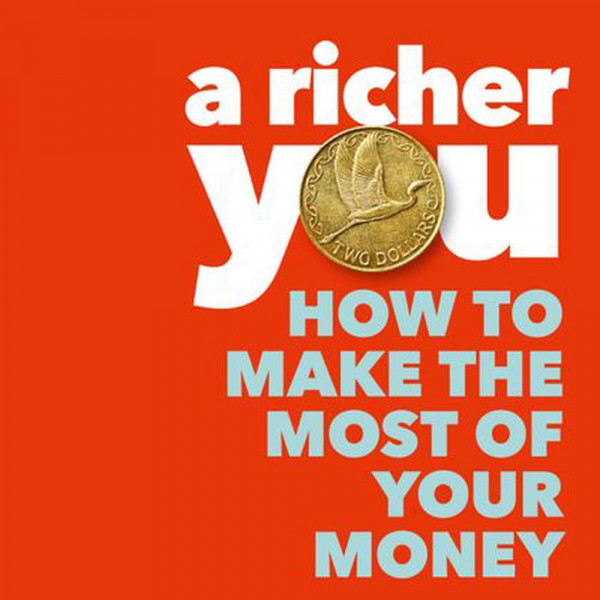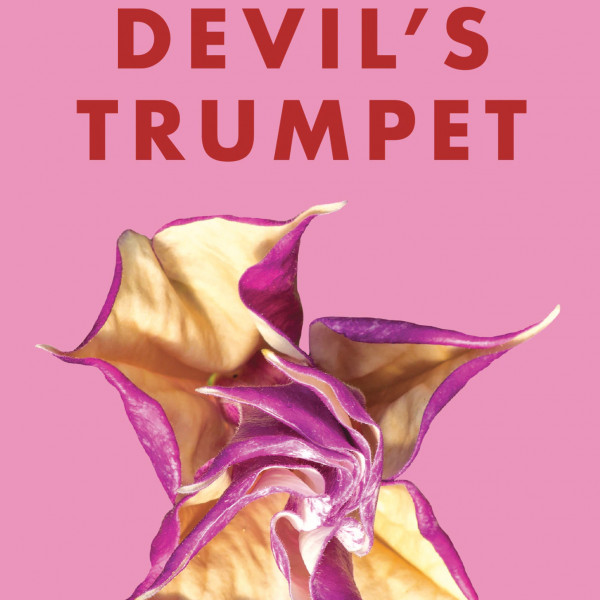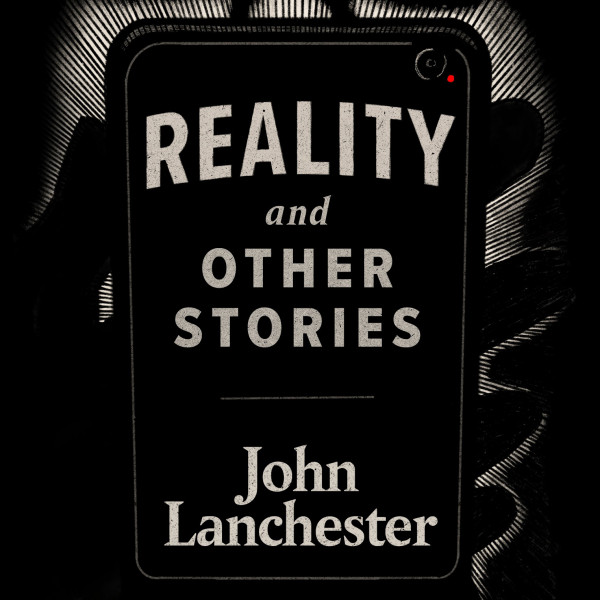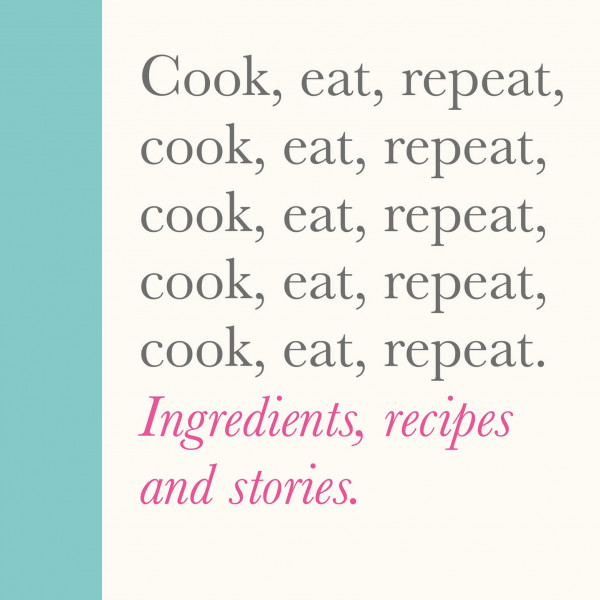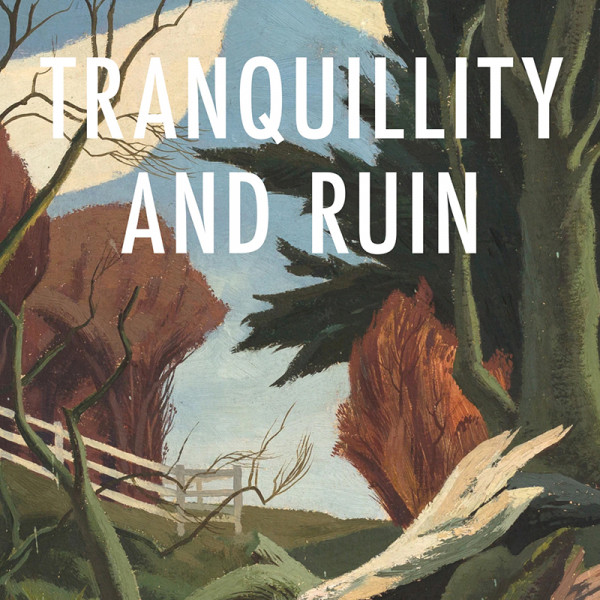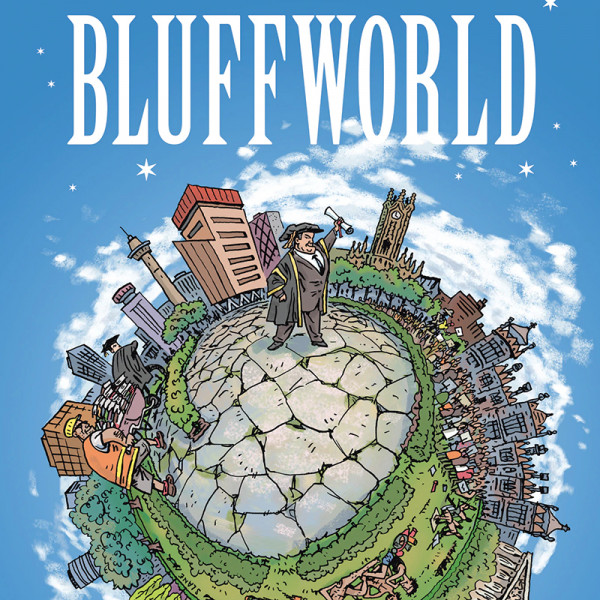
His name is Thomas Flannery and he’s 42 years old. Or is he? As a master bluffer, perhaps even the most rudimentary facts about him may just be another bunch of bull. Reading Bluffworld means delving into a particularly clever book. Author Patrick Evans, who has taught New Zealand literature and creative writing, is in a class of his own.
Flannery has a PhD in bluff, moseying down the university halls spouting fluffed-up knowlege from goodness knows where. Certainly not the books he hasn’t read, the thesis he hasn’t written, or the references unknown that he regularly alludes to, quotes, and regales others with. Flannery starts his university life with garden-variety bluff or bull, quite unsure of where his bluff begins and ends himself.
Evans’ footnotes really make this book, even more so if you posses a university lens to view it through. I’m sure there are those readers who will recognise the sensibilities, language, and comedy only a university frame of reference can afford. Each footnote is an exposé of his own protagonist’s dire attempts at seeming erudite. Evans cuts through Flannery’s extended hyperbole, consistent bluffing, and ever-apparent bulls**t with dry and comedic wit. Each footnote is a clarification, commentary, or straightout nod to dismiss the withering bunkum you have just read and move on. Quickly.
The more brazen and audacious Flannery becomes, the more he relies on the inner workings of the university environment and the special variety of inhabitants that walk the halls there, seemingly lapping up the pontificating addictive bluff he espouses. Perhaps it just intertwines with their own.
Bluffworld is a robust read and particularly clever, yet one I had to perserve with. Thomas Flannery, or is it “foolery”, learns bluff can only get you so far.
Crediting a sage professor who encouraged him to the see the comedy of campus life, Evans has done a fabulous job of bringing this to life in Bluffworld. If you can see through the smoke and mirrors, even more so.





